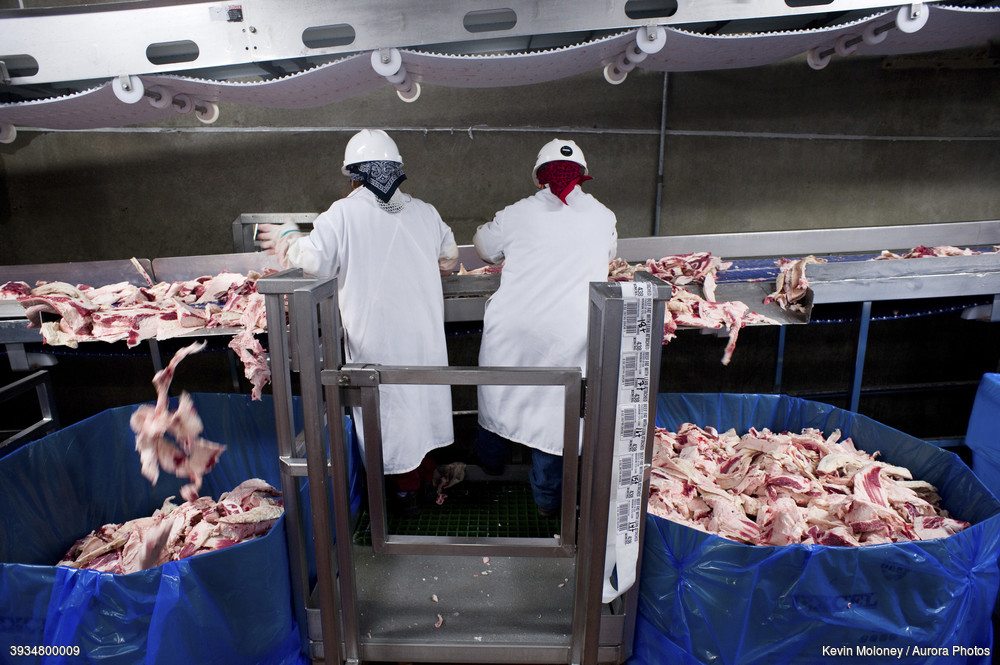
Claire Brown
When crowdfunding emerged in the late 1990s, it quickly proved a powerful way for organizations (first mostly arts groups, and later businesses of many sorts) to fund projects. But as a way to raise capital for an enterprise—to sell stock in small quantities, for instance–it didn’t fill the gap that many entrepreneurs felt. If they wanted to sell equity, they were stuck with same old solutions: do an initial public offering, with all the expense and red tape that entailed, or do a private transaction with a qualified (that is, wealthy) investor and a broker. Neither option worked for small food companies.
That’s about to change…
The 2012 Jumpstart Our Business Startups (JOBS) Act included a significant mandate for the SEC: Adopt rules that would permit small businesses to offer and sell equity through crowdfunding. It also included provisions on how much those companies would be able to solicit, detailed their disclosure obligations, stipulated who would be allowed to make the deals, and set maximum investment limits for investors.
The proposed Title III rules were a big win for the small-scale economy—perhaps one of the biggest since the Securities Act of 1933, which limited “emerging growth companies,” meaning those with under $1 million in revenue, from doing the very thing the proposed rules would allow: selling shares of their companies to investors whose net worth was also under $1 million.
But the small-scale economy had to hold its collective breath for three and a half years while the SEC did who-knows-what-wrangling until October 2015, when the rules were finalized.
Rule #1: All equity crowdfunding investments must be facilitated by FINRA-registered platforms.
 Deals can only be conducted via broker/dealers and crowdfunding intermediaries that register with the SEC to become funding portal members of the Financial Industry Regulatory Authority (FINRA). There already are a handful of portals committed to accommodating non-accredited investors when the rules take effect in May. How many portals investors will ultimately have to choose from remains to be seen.
Deals can only be conducted via broker/dealers and crowdfunding intermediaries that register with the SEC to become funding portal members of the Financial Industry Regulatory Authority (FINRA). There already are a handful of portals committed to accommodating non-accredited investors when the rules take effect in May. How many portals investors will ultimately have to choose from remains to be seen.
So with the advent of equity crowdfunding, what’s in it for food producers?
Crowdfunding and personal finance expert Devin Thorpe says, “Just about everyone in the food industry who is a small business or entrepreneurial should be really excited about this. Because this gives you a new capital raising strategy that simply did not exist.”
Ben Walmer, a New Jersey-based architect who specializes in agricultural design and food systems, has tried to raise money for a number of food hub and farm-related projects in the past. “We were looking at community-supported enterprise five or six years ago for the first food hub project I worked on,” he says. “And it just wasn’t possible because of the regulatory constraints around small investments from unaccredited investors.”
Rule #2: Businesses must provide full disclosure to all investors.
Walmer says the very nature of small, local food enterprises makes them unappealing to traditional funding sources. “The biggest obstacle is the capital and financing for these things. Because they’re too different and they’re generally not big enough. And they’re unconventional models – so banks aren’t going to finance them.” Walmer says, come May, it won’t be a question of whether or not to take advantage of equity crowdfunding. It’ll be a question of which project to fund first.
Makers, rejoice? Well, maybe. First, there’ll be significant financial disclosure obligations to meet. Thorpe says that can be especially hard on small, established businesses. “The most challenging situation will be for companies who have been in business for a long time–who are small companies operating on thin margins and haven’t traditionally done audits or kept their books in a way that would lend themselves to ready review.”
Rule #3: The maximum amount of money a small business can raise is $1 million.
Truly early stage companies may be most successful under the new rules, says Thorpe. “Startups that have six months of history–very little to audit, very little to review–they may be able to get their offerings done pretty efficiently with tens of thousands of dollars in costs, raising many hundreds of thousands.”
Then there’s investor risk. Won’t these startups, many of which will fail within the first year, be a sure loss? “Everybody does need to be prepared for the fact that most investments will yield negative returns and some will pay zero,” says Thorpe. Ouch.
Rule # 4: Investors earning less than $100,000 per year can invest the greater of $2,000 or 5 percent of annual income or net worth.
Rule #5: Investors earning more than $100,000 per year can invest up to 10 percent of their annual income or net worth. *The maximum amount of equity sold to an investor may not exceed $100,000 during the 12-month period.
But there is another way to think about the value of these transactions. “Here’s the problem I think most people see with these businesses. It’s not that they are unusually risky. It’s that their growth requires more capital, and hence, the return on capital is reduced,” Thorpe says. “And what crowdfunding allows on the investment side is for people to follow their hearts a little bit on their investments. Whatever they love, they have the opportunity to invest in. They probably have a different target return than a somewhat more mercenary venture capitalist.”
Thorpe thinks investors will do best with a series of small investments–say $1,000 or $2,000–in a number of enterprises, that they prepare to have tied up for several years or never see again. “But there will be one or two in a portfolio of 25,” he says. “It might even be three that pay out really quite handsomely. They grow, get national scale, national distribution, and the magic all comes together and your $1,000 becomes $10,000. And so you get your returns principally from a few big winners rather than from getting 10 percent on each one.”
The rules go into effect May 16th.










